February Newsletter - 2025
This month, we take a deeper look into the biomass power station, Drax, as a renewable source of power. We provide insight into how sustainable your local council is and review their plans for improvement. Finally, we teach you how to get the most out of your Solar PV system when you have limited roof space!
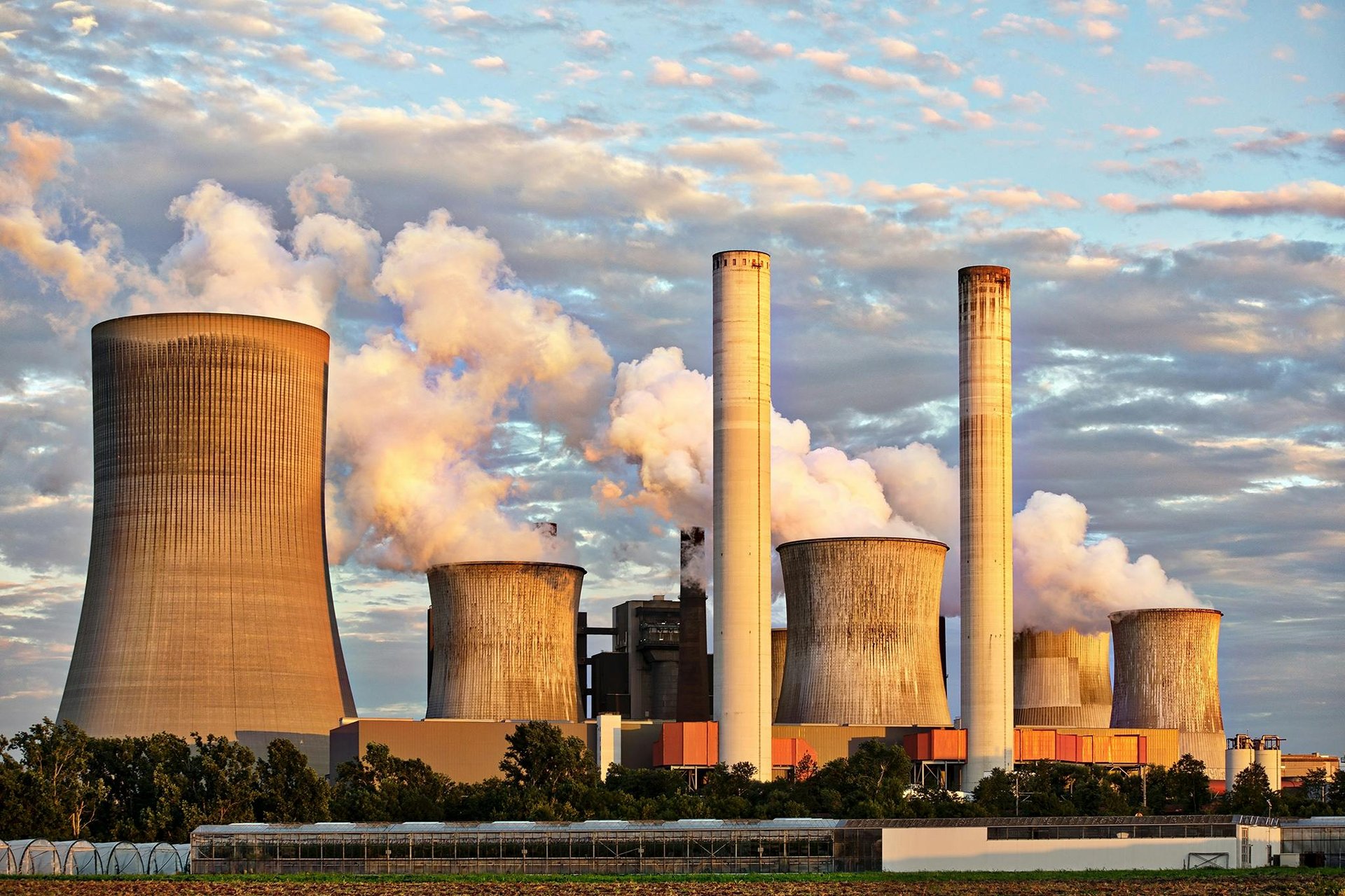
We started this month by looking at the UK's Drax power station. Since 2013, the UK Government has invested £7bn into Drax as part of its efforts to decarbonise its electricity generation. This investment has recently come under new scrutiny since 'Ed Miliband, the energy security and net zero secretary, is expected to make a decision soon on whether to allow billions of pounds in new public subsidies for biomass burning' (TheGuardian). We are going to look into the benefits and drawbacks of biomass so that together we can decide if this is another case of people "meaning-well" but failing to make good decisions.
They mean well but...
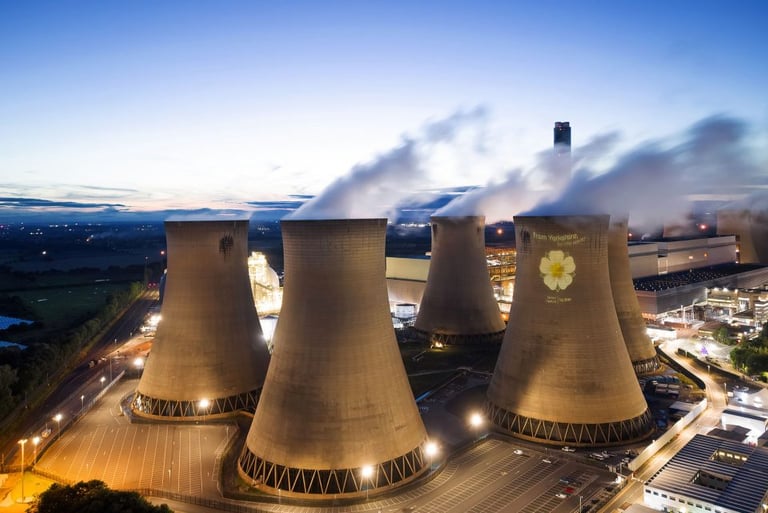

The North Yorkshire Power Station is the largest in the UK and has undergone significant transformations since its inception. Originally built in the 1970s, Drax was a coal-fired power station; however, in response to climate change policies and government incentives, it has transitioned into a biomass energy generator, making it one of the world’s largest facilities of its kind. This process began in 2003 when Drax started cofiring biomass with coal. Since 2012, Drax has gradually converted four of its six generating units to burn wood pellets instead of coal. This transition was heavily subsidised by the UK government under renewable energy schemes, and it is this £7bn in subsidies that is being scrutinised. Since 2021, Drax has been operating solely as a biomass power plant.
A deeper look at Drax
A Bit of Background
A Breakdown of Biomass
Drax, once the UK’s largest coal-fired plant, has transitioned from coal to wood pellets, becoming a major player in the UK's renewable energy mix, generating around 12% of the country's renewable electricity. Its switch from coal to biomass has significantly aided in reducing the UK’s coal dependency, cutting down on some of the most harmful pollutants associated with its combustion (e.g. sulfur dioxide). Biomass, unlike solar or wind, provides a stable, dispatchable energy supply that can generate electricity 24/7, supporting grid reliability. However, the question is, should its transition have been supported by £7bn worth of subsidies aimed at incentivising low-carbon electricity generation?
Despite its renewable energy claims, Drax is the UK's single largest carbon emitter, releasing more CO₂ than the next four largest power stations in the country combined, producing 12.1 million tonnes of CO₂ in 2022. So, how can biomass claim to be renewable? This is often contested, with experts arguing that biomass's carbon neutrality claims are misleading. This is because It can take 40-100 years for a forest to regrow and absorb as much CO2 as was released by burning the biomass. Additionally, with Drax sourcing the majority of its wood pellets from the southeastern United States and Canada, the additional CO2 released from importing tonnes of wood tips the scales even further. There are also concerns arising from studies showing how large-scale logging operations can harm biodiversity, soil quality, and water cycles.
With all of this considered, it is a wonder how biomass is considered a renewable source of energy. Add to that the fine particulate matter, nitrogen oxides, and volatile organic compounds released during the burning of wood pellets, which contribute to air pollution and can cause respiratory illnesses; it is hard to find arguments for biomass.
What could have been done?
Offshore Wind
At an average cost of £2.5 million per MW, £7 billion could fund around 2,800 MW (2.8 GW) of new offshore wind capacity. A 2.8 GW offshore wind farm could generate about 10-12 terawatt-hours (TWh) of electricity per year—enough to power approximately 3 million homes. Offshore wind emits virtually zero CO₂ during operation.
Utility Scale Solar
At an average cost of £850,000 per MW, £7 billion could build around 8,200 MW (8.2 GW) of solar capacity. An 8.2 GW solar farm could generate about 8-10 terawatt-hours (TWh) per year. That’s enough to power over 2.5 million UK homes annually with zero ongoing fuel costs and zero CO₂ emissions during operation.
Although this is a very simplified comparison, it shows that there are viable alternatives. With Hydrogen fuel and tidal power also viable, the choice of 'truly' renewable energy sources is not limited.
Drax’s biomass conversion has helped move the UK away from coal, but serious concerns remain over carbon emissions, deforestation, and cost-effectiveness. While biomass is more reliable than wind and solar, it relies on ongoing deforestation and heavy government subsidies to remain viable.
With offshore wind, solar, and energy storage becoming cheaper and more efficient, biomass may not be the best long-term solution for the UK’s renewable energy mix. Although the Government might have meant well with the initial investment that helped move away from coal, it's clear that a change needs to be made and subsides and investment moved to truly green alternatives.
They may have meant well, but...
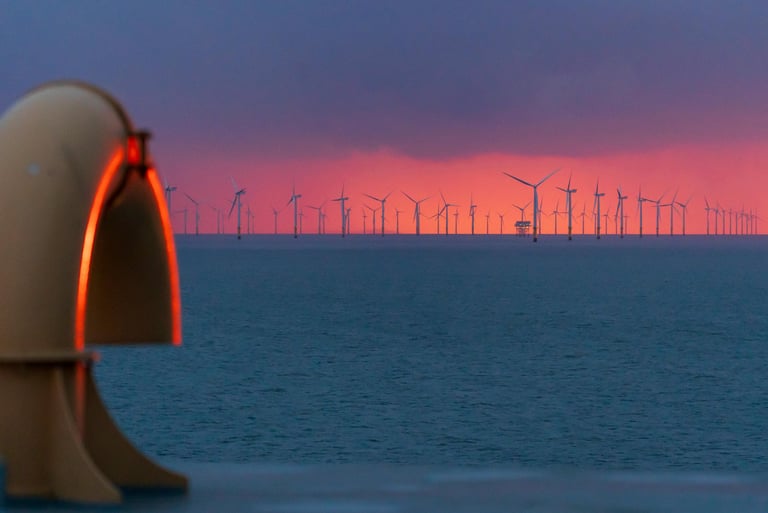

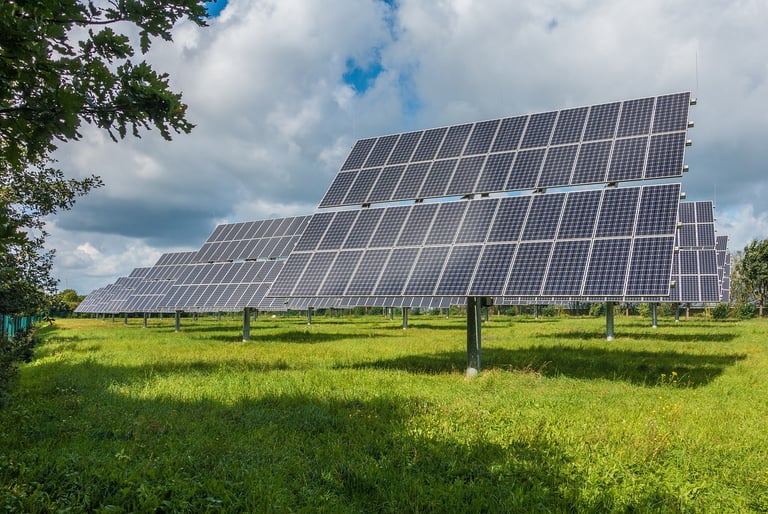


Guildford Borough Council (GBC) is the second largest in Surrey, covering nearly 270 km2 and home to around 150'000 residents. With around 90% of GBC designated as a Green Belt, it would be easy to assume that this ‘green’ borough cares about operating and encouraging sustainability to protect its vast Greenlands. Fortunately, thanks to the 'Council Climate Scorecards', published by the Climate Emergency UK, we don't need to make assumptions.
Thinking about the big picture.
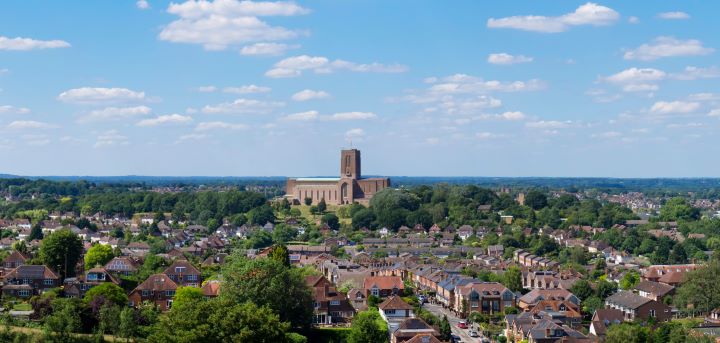

In 2019, Guildford Borough Council (GBC) declared a climate emergency and committed to achieving net-zero carbon emissions across all its services by 2030. Over 300 of the 317 local councils have made the same decleration, two-thirds of which have also committed to net-zero by 2030. Following this declaration, GBC published their Climate Change Action Plan. Published in 2023, this document outlines how they intend to achieve net-zero 20 years before the UK’s 2050 deadline. We are going to look at how well Guildford is currently doing and break down their plan for reaching their ambitious goal.
Sustainability Report: Guildford Borough Council
A bit about Guildford
A closer look at how Guildford compares
Climate Emergency UK started the scorecards to assess all UK councils on the actions they've taken towards net zero. The assessment consists of around 90 questions with each council marked against these criteria and given a right to reply before the scores underwent a final audit. Before we look at Guildford specifically, let's look at the even bigger picture:
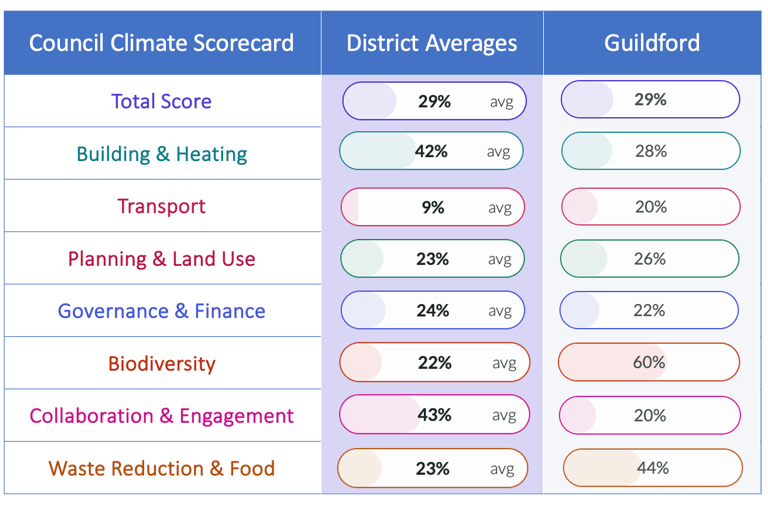

The table shown gives us great insight into how Guildford is doing and how it compares to other district councils. Immediately, it is clear that Guildford is doing... AVERAGE.
It is worth noting that a weighted average was used. Areas like building & heating, planning and governance are in the councils control and have significant impact on emissions so are weighted accordingly. Transport has a significant impact on emissions but has a lesser weighting for district councils as it is the county councils that control this. You can read more about this on the Climate Scorecard website.
2023 District Council Climate Scorecard data
Guildford excels at enhancing biodiversity and is joint 4th for this. Biodiversity looks at the management of parks and green spaces, the banning of pesticide usage and the biodiversity commitments it enforces on new developments. While all vital, they have the lowest direct impact on emission reduction so don't significantly move Guildford closer to its net-zero target. The same can be said for waste reduction and food; the other area that Guildford has excelled in.
Building & heating covers the main actions that councils can take to support both private rented and owned homes and socially renting households to reduce their emissions. As this directly addresses emissions and is under the council's power, it is worrying that as of 2023, it lags significantly behind other councils. A deeper look shows that the percentage of council-owned and managed homes with an Energy Performance Certificate (EPC) of C or higher is less than the that of district as a whole. A typical case of do as I say not as I do... But that does seem to be in the past!
The key takeaways
A look to the future
Since the last climate scorecard in 2023, Guildford council has published two significant reports on their climate plans. Their 'Climate Action Plan' and 'Corporate Strategy', both place increased sustainability at the forefront and action and accountability at the centre of it.
The action plan sets out a clear and ambitious roadmap for achieving net-zero emissions. With their plan to focus on energy efficiency, sustainable transport, biodiversity, and waste reduction, the Council aims to lead by example while encouraging businesses and residents to take action. Plans of conducting energy audits of all Council-owned buildings to identify efficiency opportunities, improving electric vehicle (EV) infrastructure while supporting businesses and households to transition to renewable energy through grants and incentives will all make a real difference.
Concerns regarding the plan are mainly related to funding and the reliance on engagement from residents and businesses but that is usually the concern with most plans. Although there is a detailed plan for monitoring progress there is no outlined consequence for failure. When political and leadership changes can shift priorities it is hard to know if we can rely on the long-term commitment. However, one thing that is clear is that success will depend on securing adequate funding, ensuring strong public and business participation, and adapting the plan as new obstacles and opportunities arise.
An update to the Climate Scorecards is expected in June 2025. It will be interesting to see what progress has been made over the last two years as it might be our best indicator as to what the future of Guildford sustainability will look like.
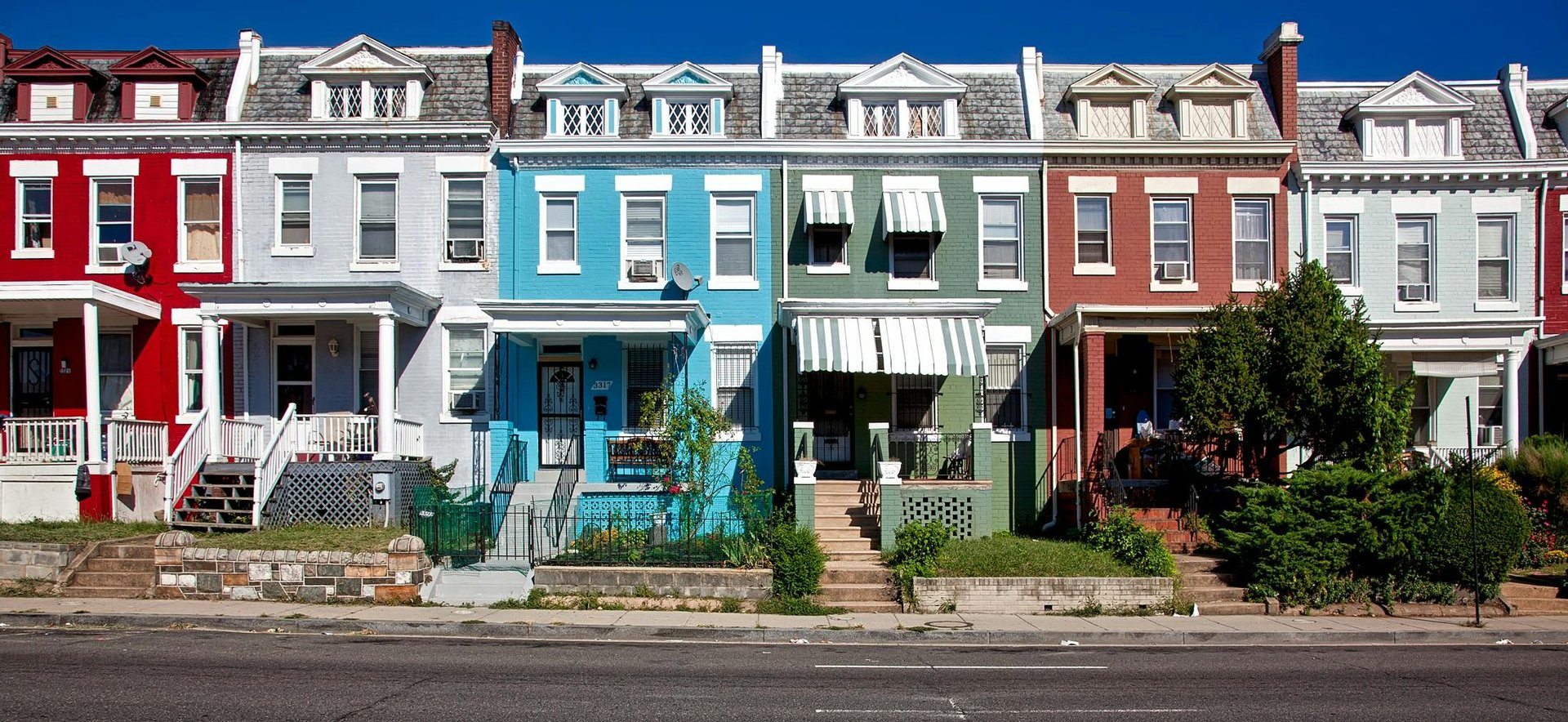
Our general advice when designing a solar PV system is to maximise the number of panels you install. This is because the cheapest time to install an extra solar panel is when you have scaffolding and an installer on your roof. But what if you only have minimal usable roof space? What can you do in these situations? That's what we are going to look at in this month's Solar Saturday.
Firstly, it's probably worth talking about what we mean by usable roof space. Since solar panels require direct sunlight to produce meaningful amounts of energy, usable roof space is a roof that experiences direct sunlight at some point throughout the day. Therefore, a North-facing or heavily shaded roof in the UK won’t do us much good. So, although more panels = more power, a North-facing panel isn’t worth the extra cost. Fortunately, there are a couple of alternative ways to increase your savings with solar when we can’t add more panels.
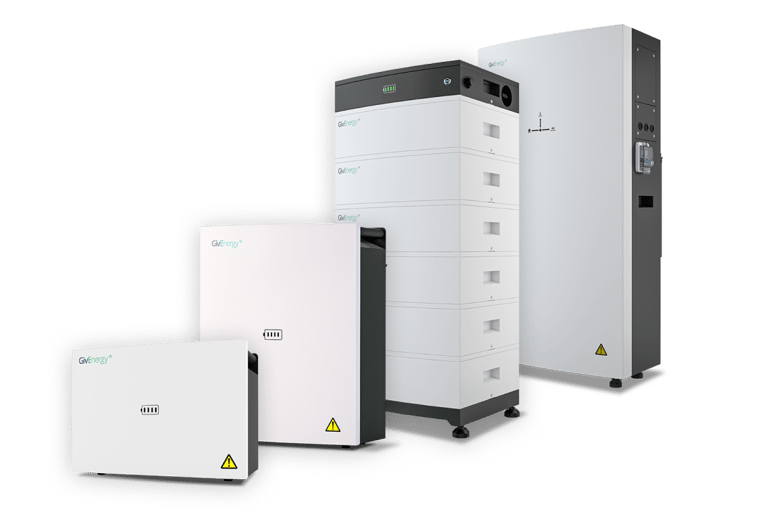

A solar battery is typically used to store excess energy from your panels. However, if you have limited roof space for panels, you probably aren’t producing a lot of excess energy. So, what would a larger battery help with?
The increase in smart meter installations has brought with it a wide variety of smart tariffs. These tariffs offer variable prices depending on wholesale market energy prices. With a larger battery you can take advantage of these by charging your battery from the grid when prices are lowest (off-peak) for use when prices are higher (peak). We can take this further by selling back to the grid at peak times for a better price than usual. Check out this example using a real Octopus Energy tariff.
Normal Energy Tariff @23.13p / kWh
4000kWh x £0.2313 = £925.2 / year
Off-Peak Energy Tariff @13.88p / kWh
4000kWh x £0.1388 = £555.2 / year
Save £370 a year with an 11-12 kWh battery alone.
Does Size Matter for Solar?
Install a bigger battery
Another way we can increase our savings is by getting an even larger battery so that we have excess capacity to sell back to the grid at peak times when export prices are at their highest:
Charge an extra 5 kWh each night @13.88p / kWh and sell back to the grid at peak times @23.72p / kWh:
Buy: 5 kWh 365 days £0.1388 = £253.31
Sell: 5 kWh 365 days £0.2372 = £432.89
Profit: £432.89 - £253.31 = £179.58 / year earnt
A Home Using 4000 kWh a Year (11kWh a day)
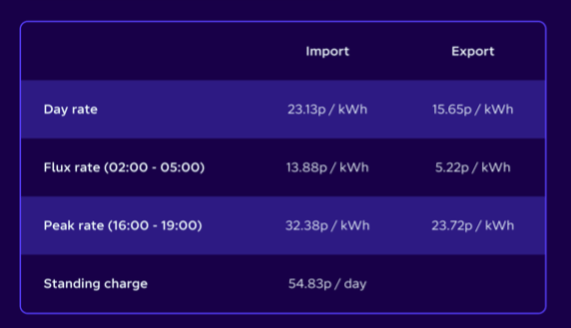

Shading has a significant effect on the output of a solar array. Even a small amount of shading or dirt on part of an array can substantially impact the output of the entire array. This is because each string of panels is optimised by its own Maximum Power Point Tracker (MPPT), which influences the strings current and voltage to maximise power. This is great, but when we have the output of a single panel being limited by shade, we can end up with a worse Power Point. This is why the best solution is to avoid shaded areas or remove shade-casting objects, but this isn’t always viable.
Optimisers and Micro-inverters work by maximising the power of each panel by tracking their individual Maximum Power Point (where voltage x current = the highest power value). By doing this for each panel rather than each string of panels, they can increase the system production by 5-30%. These technologies aren’t just effective on shade but dirt and general panel degradation as well.
You can read more about optimisers and micro-inverters in our knowledge bank.
Optimise against shade
Limited roof space doesn't have to limit the savings and benefits you can achieve from a solar and battery solution. With more and more smart tariffs coming out, the opportunity to make savings with battery storage is growing. What is important is that you find a good installer who will design for you a bespoke system so that you can get the full benefits of these great technologies.
In conclusion
As you can see, this average UK home can save almost £550 through battery storage and smart tariffs alone. This shows that even if you have very minimal roof space and can only install a few solar panels, it can still be well worth talking to an installer to find out what savings you have been missing out on.

